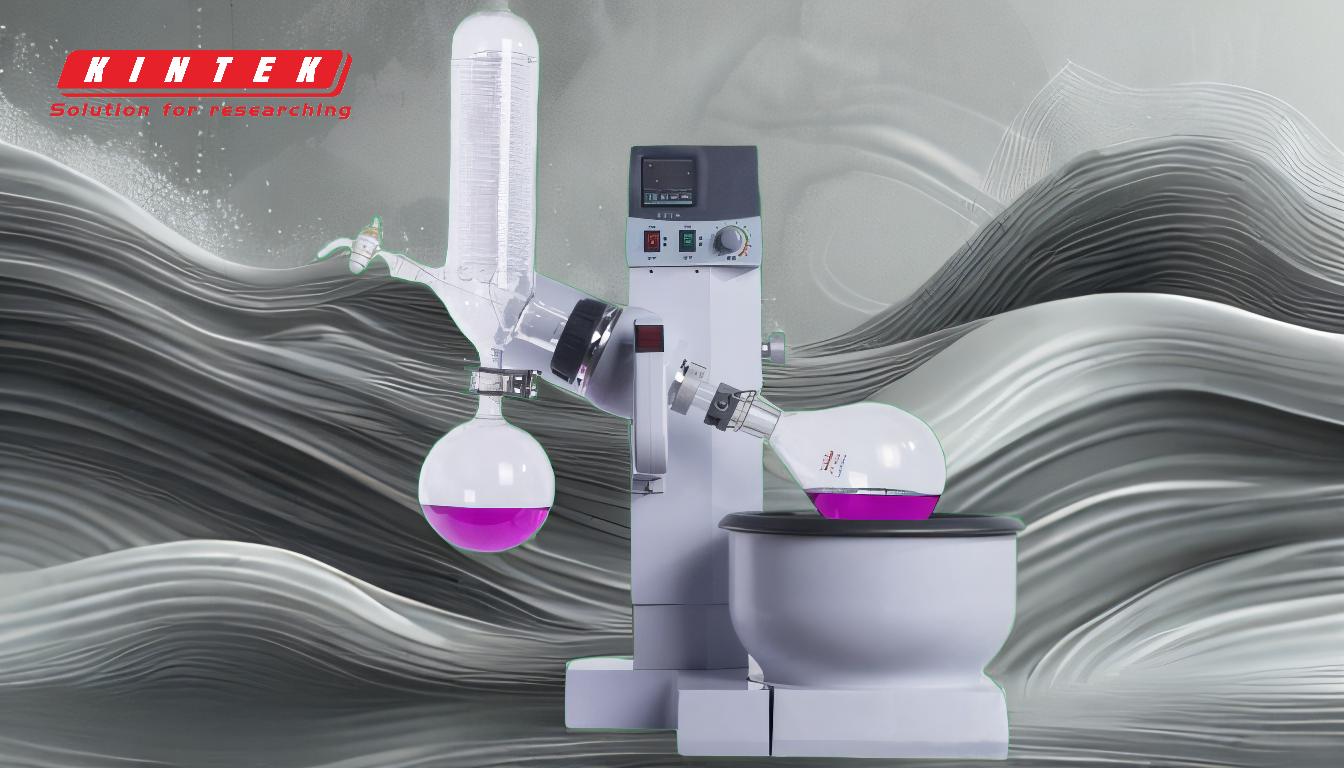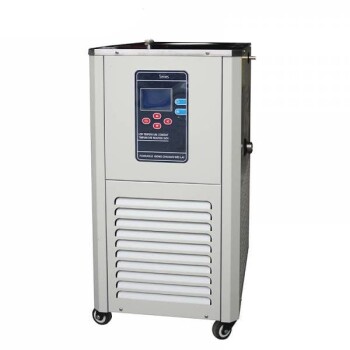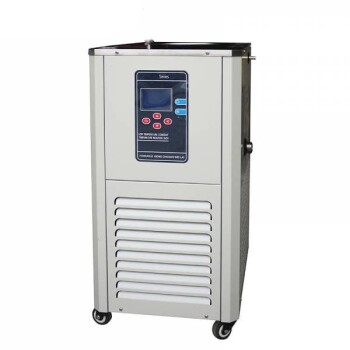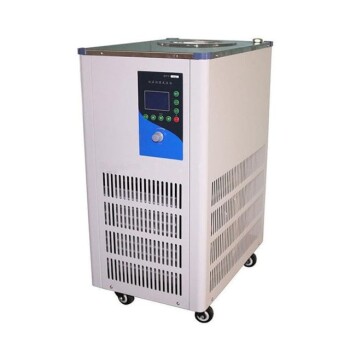The vacuum pump plays a critical role in the operation of a rotary evaporator by creating and maintaining a vacuum within the system. This vacuum lowers the pressure, which in turn reduces the boiling point of the liquid being processed. By enabling evaporation at lower temperatures, the pump minimizes the risk of thermal degradation, making it ideal for handling heat-sensitive compounds. Additionally, the pump facilitates faster evaporation and efficient condensation, ensuring a gentle and controlled process for extracting aromas, flavors, or solvents. The vacuum pump works in tandem with the rotary evaporator's motor and vacuum controller to optimize performance and maintain precise pressure conditions.
Key Points Explained:

-
Creation of Vacuum Environment
- The vacuum pump lowers the pressure inside the rotary evaporator, creating a vacuum. This is essential for reducing the boiling point of the liquid in the evaporation flask.
- By creating a negative pressure state, the pump ensures that the solvent can evaporate at a lower temperature, which is crucial for preserving the integrity of heat-sensitive compounds.
-
Lowering Boiling Points
- The reduced pressure caused by the vacuum pump lowers the boiling point of the liquid. This allows the solvent to evaporate at temperatures significantly lower than its standard boiling point.
- This feature is particularly beneficial for preventing thermal degradation of delicate compounds, such as flavors, aromas, or pharmaceuticals.
-
Facilitating Faster Evaporation
- The vacuum pump accelerates the evaporation process by enabling the solvent to evaporate more quickly at lower temperatures. This increases the efficiency of the rotary evaporator, saving time and energy.
-
Supporting Condensation and Recovery
- The vacuum pump helps maintain the vacuum in the condenser, which aids in the efficient trapping and re-liquefaction of vaporized gases. This ensures that the evaporated solvent is effectively condensed and collected.
-
Integration with Rotary Evaporator Components
- The pump works in conjunction with the rotary evaporator's motor and vacuum controller. The motor rotates the evaporation flask to increase the surface area for evaporation, while the vacuum controller allows users to preset and maintain specific pressure levels for precise control.
-
Applications in Extraction and Purification
- The vacuum pump is essential for applications requiring gentle evaporation, such as extracting aromas, flavors, or active compounds from heat-sensitive materials. It ensures that the process is efficient and avoids "cooking" or damaging the contents.
-
Operational Sequence
- The vacuum pump is typically turned on before starting the motor. This sequence ensures that the system is under the correct vacuum conditions before the evaporation process begins, optimizing performance and safety.
By understanding these key points, it becomes clear that the vacuum pump is a vital component of the rotary evaporator, enabling precise control over the evaporation process and ensuring the preservation of sensitive materials. Its role in creating and maintaining a vacuum environment is indispensable for achieving efficient and gentle solvent removal.
Summary Table:
| Function | Description |
|---|---|
| Creation of Vacuum Environment | Lowers pressure, enabling lower-temperature evaporation for heat-sensitive compounds. |
| Lowering Boiling Points | Reduces boiling points to prevent thermal degradation of delicate materials. |
| Facilitating Faster Evaporation | Speeds up solvent evaporation, saving time and energy. |
| Supporting Condensation | Maintains vacuum in the condenser for efficient solvent recovery. |
| Integration with Components | Works with the motor and vacuum controller for precise pressure control. |
| Applications in Extraction | Ideal for gentle extraction of aromas, flavors, and active compounds. |
| Operational Sequence | Ensures correct vacuum conditions before evaporation begins. |
Optimize your solvent removal process with the right vacuum pump—contact our experts today!



















